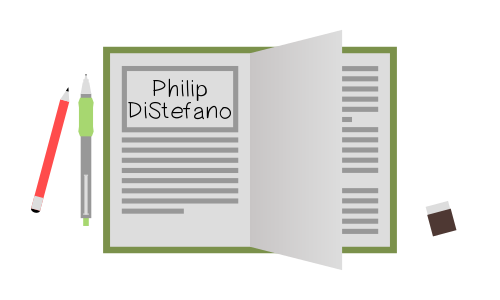At this point, you’ve either gotten someone to read through your story or you’ve set it aside for a few weeks. Either way, you’ve spent some much needed time a completely unrelated headspace, and now you need to return to editing.
First off, if you didn’t get third-party feedback (if you intend on publishing, please rethink this decision), you’ve got an extra step to do. Take this time to read through your story with the points from my last article in mind and make appropriate comments/changes. You don’t need to actually do the editing in this step. Just leave little notes like, “this sounds weird, rephrase?” and “probably need to describe this a little more.” Put yourself in the frame of mind of another person reading through your story. Leave the types of notes that they would leave; don’t use this step to erase a paragraph and rewrite it.
If you did get third-party feedback, please thank that person (or people) profusely. Now is the time to read through their notes. Remember that you may not agree with stylistic suggestions, but in general, carefully consider the notes your reader(s) left, and address them as you see fit. When making big changes, I generally used the nifty feature of Google Docs to link to a comment, then sent that along to my wife for her thoughts on the change. I feel a little like a broken record, but there’s no correct answer for a lot of the questions you will ask yourself. Many decisions you make will be based on your experience as both a reader and writer.
There are many great writing communities that can help you with certain choices, but remember that the ultimate decision is up to you. You should be open to change, but not so open that you change every little thing that someone suggests.
Once you’re done going through your reader’s notes and making changes, you’re ready for your final read-through. At this point, you should be confident that there are no major changes necessary. If you have a few lingering issues you want to double check, write them down and go over the list after every chapter. Ideally, you will be finding very few errors at this point (you’ll probably still find a handful in every chapter, though). Correct these errors as you read, and when you find one, re-read the entire section it’s in to make sure you haven’t introduced a new error. If you are finding significantly more errors than expected, you may want to re-read the entire chapter, or the whole novel (hey, no one said this would be easy – just that you can do it, which you can, so don’t start skimping now).
If you’re like me, you’ll get to the end and think to yourself “I bet there’s still a ton of stuff wrong with this,” which is really just a callback to how I mentioned that self-doubt will plague you throughout this whole process. You should definitely strive to produce the most refined work you can, but no one is perfect. If you’re reading this, it’s likely you can’t afford a professional editor, so you’ve gotta do what you can do. Anyway, let’s be real – I’ve read plenty of professionally edited books that still have typos in them, and I’m sure you have too. You have to pick a point and put yourself out there, though. The point of this process is producing something you’re happy with that you can share with the world. Don’t keep re-reading your novel over and over and over looking for things to change. That’s why we start this with a plan and a process.
